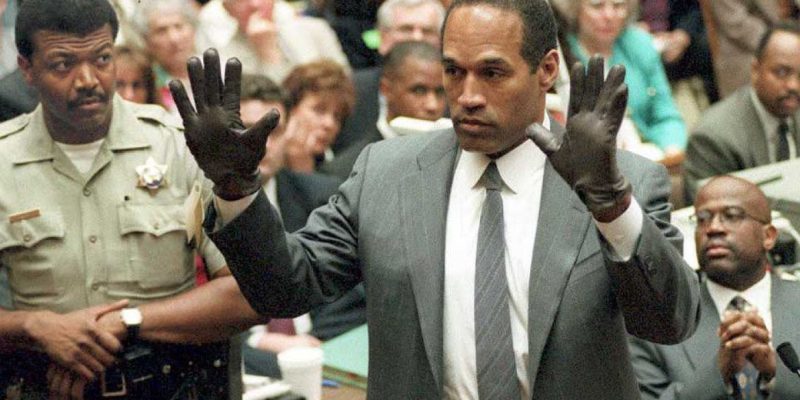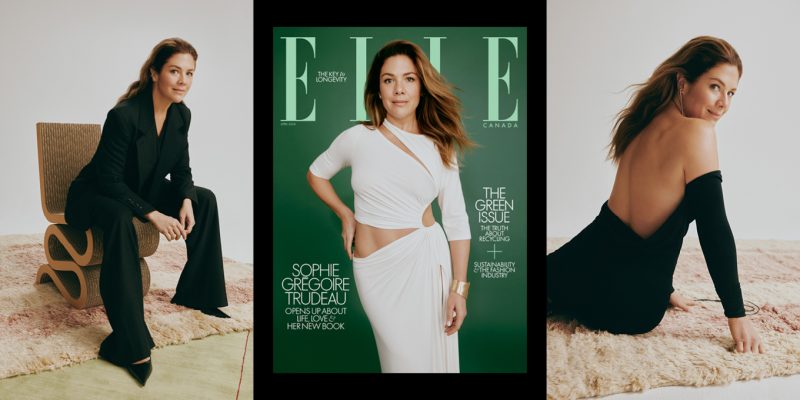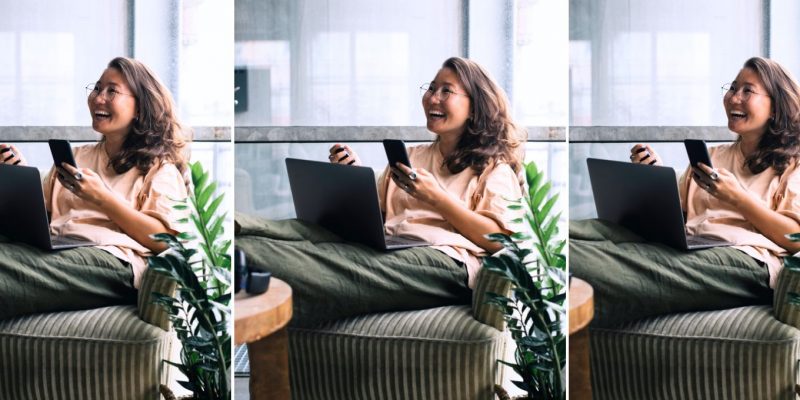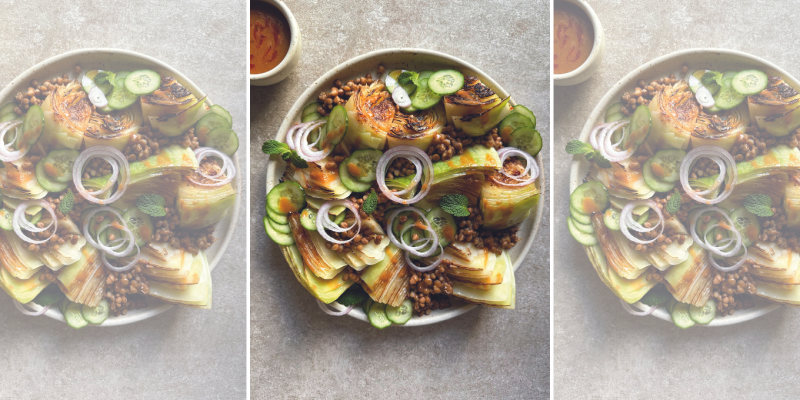Movies & TV
Killers of the Flower Moon Star Jillian Dion's Big Break is Here
"All I needed was for one director to say yes to me—and it happened to be the biggest director in the world.”
by : Patricia Karounos- Oct 11th, 2023
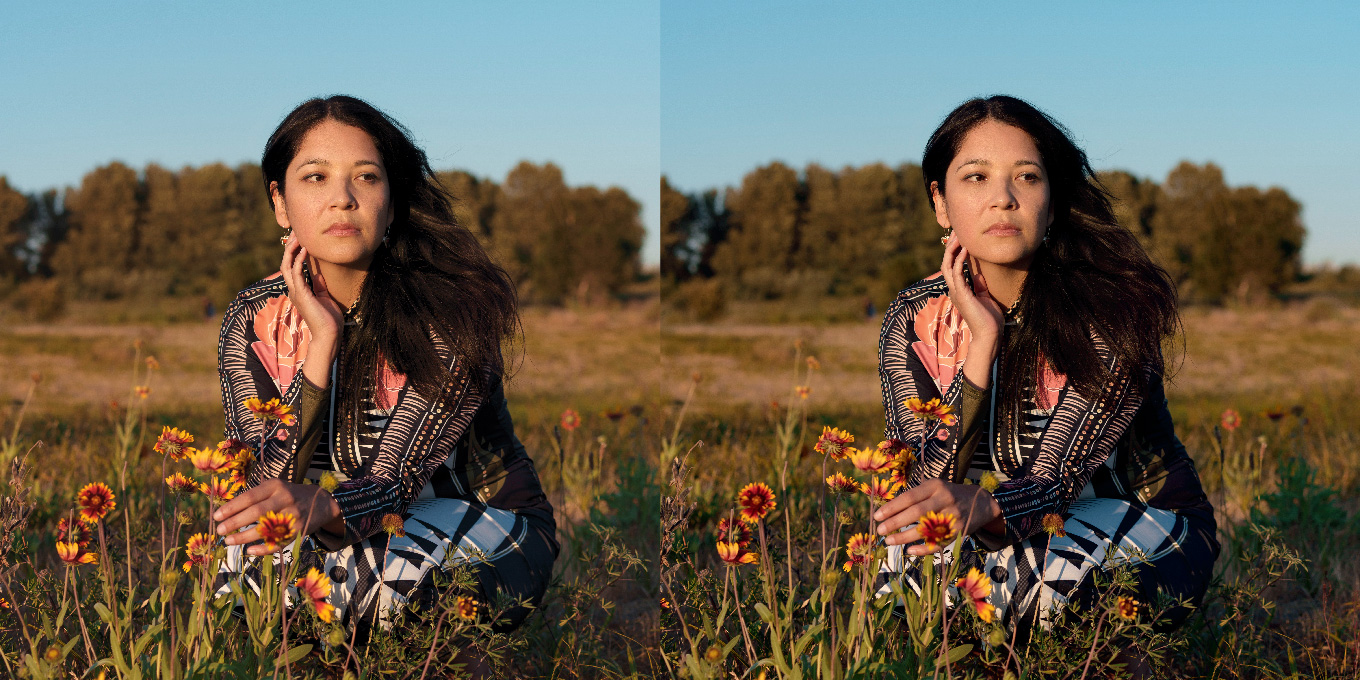
Audrey Baunez
When Jillian Dion was round eight years old, she took a bus from her home of Bonnyville, Alta., to Edmonton. En route, having noticed how animated Dion—who is of Plains Cree, Métis and French-Canadian descent—was, a casting director approached her mother, handed her a business card and said to call if her daughter was ever interested in acting.
Dion never gave the idea much thought—until about a decade later, when she was on her way to the Gathering of Nations (North America’s largest powwow) in Albuquerque, N.M., with her dad. Reading a local paper, he came across a casting call for Indigenous teens for the Terrence Malick movie The New World and encouraged his daughter to attend. There, Dion was introduced to a woman named Rene Haynes—the same casting director she’d met on that bus years earlier. Although Dion didn’t book the part, it didn’t matter. She was hooked. “I figured out that maybe this was something I should consider, and from then on, I just tried to get my foot in the door where I could,” she says. Dion and Haynes kept in touch too and have continued to work together—including on the actor’s most high-profile role to date: a part in the star-studded Martin Scorsese film Killers of the Flower Moon, which is debuts in theatres this October before streaming on Apple TV+ and is already generating Oscar buzz.
On landing her dream role
“Getting Killers of the Flower Moon was wild. The initial audition was in 2019, and then the pandemic happened. About a year later, we went back into the audition process. There were six or seven auditions, and the final one was for Mr.Scorsese. It was insane getting the call that I got the part. I broke down—I was at my bartending job and had to go outside because I was in complete and utter disbelief. It was something I’d tried so hard for, and all I needed was for one director to say yes to me—and it happened to be the biggest director in the world.”
On getting started
“[After my first L.A. audition], I went back to Alberta and did a Steven Spielberg miniseries called Into the West. I got to see what it was like on a professional set and what the responsibility was like, and I got to meet other Indigenous actors. It was such a cool world. After that, I decided to attend film school, then took a year off and then decided it was actually what I wanted to do. But I kind of just bounced around for a bit. I think for [a while], I was really flippant about the craft of acting. I didn’t give it the respect it deserves—I wasn’t there emotionally or maturity-wise.”
On returning to acting
“About seven years ago, I decided I really wanted to give acting a full go. It took [time] away to realize that it was something I missed and really loved. It was wonderful to get back into it. It took a lot of noes before I heard a yes—I was definitely about to throw in the towel because I was getting so close but going nowhere. It was frustrating—it starts to break you down a bit, but that’s how character is built.”
On working with Scorsese
“[Scorsese] creates such a warm environment. When I first met him, he was so friendly and welcoming. When you work with him, you want to be creative. It’s like this magical world where he is in charge but you have so many options that make you feel free and liberated.”
On her red carpet style
“I want to [lift up] Indigenous designers as much as possible through this experience. It’s an opportunity to showcase our brothers’ and sisters’ artwork. I really like Lesley Hampton, and I was lucky enough to wear a Jamie Okuma piece [at the Cannes premiere], so I’d like to work with her again. She’s rad.”
Newsletter
Join our mailing list for the latest and biggest in fashion trends, beauty, culture and celebrity.
Read Next
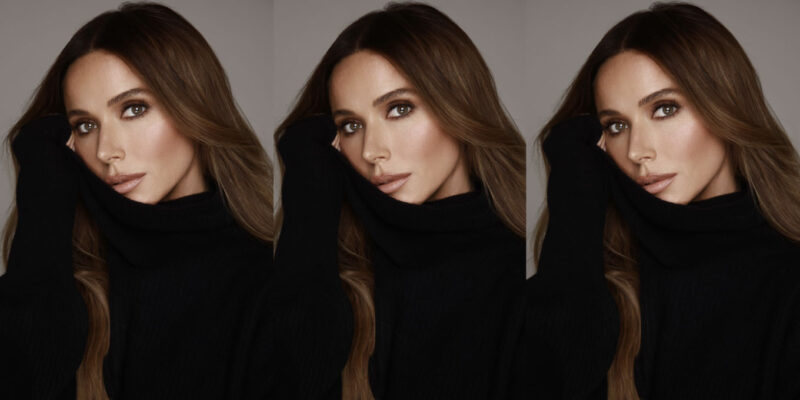
Beauty
Kendall Jenner's Makeup Artist Mary Phillips Reveals the Secret to a Perfect Base
The queen of underpainting shares which 90s beauty trend she's loving.
by : Allie Turner- May 8th, 2024
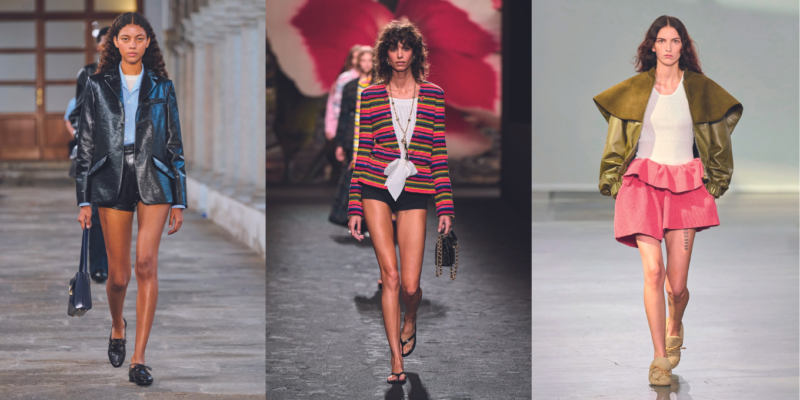
Fashion
Spring’s Most Empowering Statement is a Carefree Pair of Legs
Get leggy with it.
by : Monica Ainley- May 8th, 2024

Life and Love
Have You Tried These Goodies for Sexual Wellness Yet?
Consider this your sign that it’s time to improve your sexual well-being—a key part of your overall health.
by : ELLE Canada- May 7th, 2024

